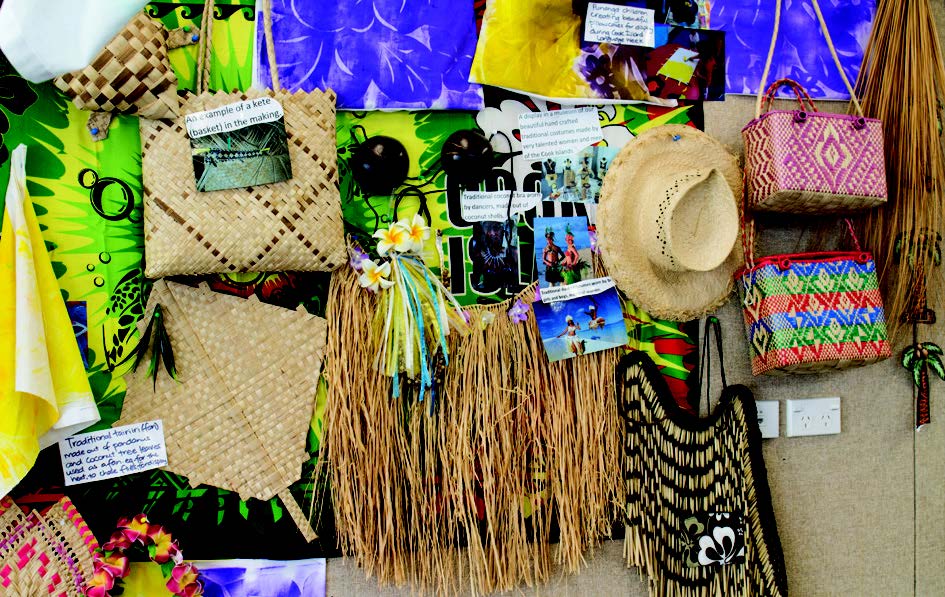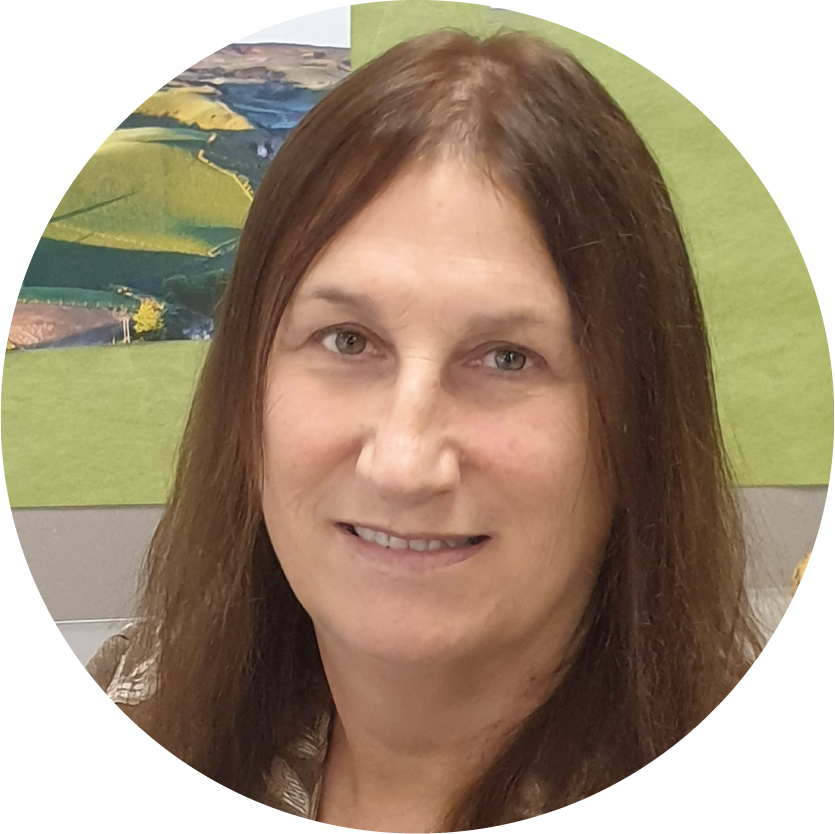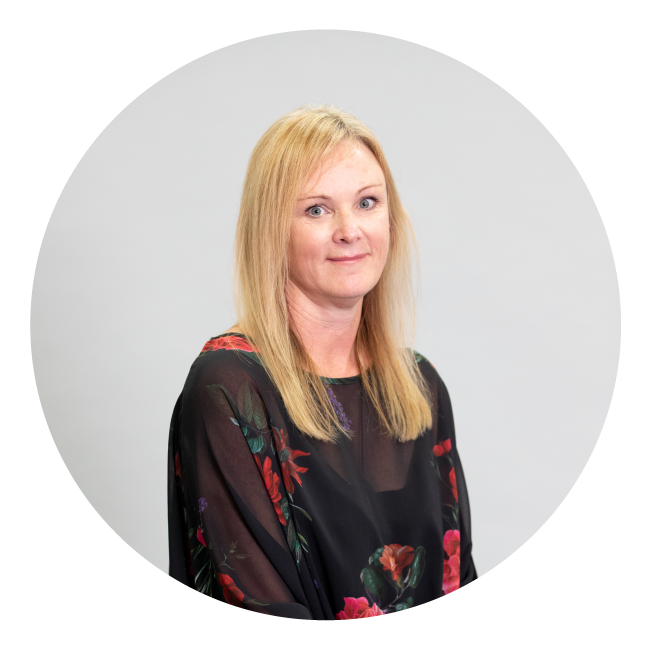Resources developed by Te Rito Maioha Early Childhood New Zealand are freely available to support early learning kaiako to better understand Te Whāriki, culturally responsive teaching, tikanga and te reo Māori, and the bicultural context of early learning in Aotearoa New Zealand.

*Article from Education Gazette May 2022 Vol 101, No. 6 Pages 47-49
In the year before Covid, in the spring of 2019, Minister of Education Chris Hipkins announced an initiative to ease kaiako supply issues in the early learning sector. The plan was to recruit up to 300 overseas-trained kaiako during 2020.
Te Rito Maioha and the Ministry of Education collaborated on a suite of online modules to facilitate this recruitment and to support overseas-trained kaiako understand the Aotearoa New Zealand context and culture, and how to work effectively within it. The resources are also useful for kaiako in Aotearoa who want to refresh their knowledge and skills.
While the pandemic caused a rejigging of the overseas kaiako recruitment plan, the initiative is now back in action. Online modules have been developed and tested and are proving highly successful. Nearly 1,400 kaiako have already accessed them for free.
Both the Ministry and Teaching Council receive many enquiries from overseas-trained kaiako who want to come and work in Aotearoa and are interested in completing a Teacher Education Refresh (TER) course. Te Rito Maioha modules focus on:
“The feedback from the more than 1,000 kaiako who have used the modules has been very positive,” says Nikki Parsons, Te Rito Maioha’s general manager learner and workforce engagement.
One overseas-trained teacher says, “This webinar is really beneficial to any new teachers, as well as a refresher for teachers no matter how far along they are in their teaching journey.”
Modules take between 30 minutes and one hour to complete, depending on the module and the learner’s pace.
In addition, there are two online webinars which expand on what’s been taught in the modules, emphasising practical implementation, and prompting kaiako reflection on applying the learning to an Aotearoa New Zealand context.
Bicultural approach key
The modules have also been popular among New Zealand-trained kaiako wanting a refresher or who have not been trained in early learning pedagogy.
 The designer of the modules, Te Rito Maioha’s regional education leader Raewyn Penman, says two aspects of the modules are important to emphasise.
The designer of the modules, Te Rito Maioha’s regional education leader Raewyn Penman, says two aspects of the modules are important to emphasise.
“Aotearoa New Zealand’s early childhood curriculum, Te Whāriki, is praised the world over for its depth of recognition of bicultural approaches.
“The modules link to Te Whāriki, explaining it and going into more detail about the local context. The modules also cover how to apply culturally responsive pedagogy – which Aotearoa New Zealand is a world leader in – to a local context,” she says.
Raewyn explains that the early learning sector tends to have a lot more direct contact with whānau, so being able to talk to whānau about tikanga practices while using te reo is really important.
The modules also set out some tasks that encourage kaiako to go to their mentor/colleagues to find out what’s specific about tikanga and te reo in the localities where they’ll be teaching.
Many overseas-trained teachers already come from multilingual countries, and often already speak two languages or more.
“We have to recognise what they’re bringing to this and build on the information and understanding they already have,” says Raewyn.
 Nikki adds that staff shortages are a huge issue for early learning services, particularly for rural and isolated communities trying to get qualified staff.
Nikki adds that staff shortages are a huge issue for early learning services, particularly for rural and isolated communities trying to get qualified staff.
“With the growth in the early learning sector, we’re significantly short of kaiako. We have quite an aging sector with a number of experienced kaiako getting close to retirement. While application numbers for early learning training appear to be growing, we don’t have the same numbers coming in to replace the retired kaiako.
“I think it’s a great initiative to support the sector to build those qualified staff. There’s also a massive interest worldwide in living in Aotearoa New Zealand, so I think there’s a great opportunity,” says Nikki.
Raewyn explains why these modules and initiatives are important for all early learning kaiako, trained abroad or here in Aotearoa, early childhood or primary trained.
“Teachers need to really understand what the foundation of early learning in New Zealand is, and the play-based, bicultural aspects of the programme are so important.
“Overseas teachers may have trained in systems that are quite different, but when they come over and learn, they become the best advocates for our curriculum, they see the differences and the benefits.”